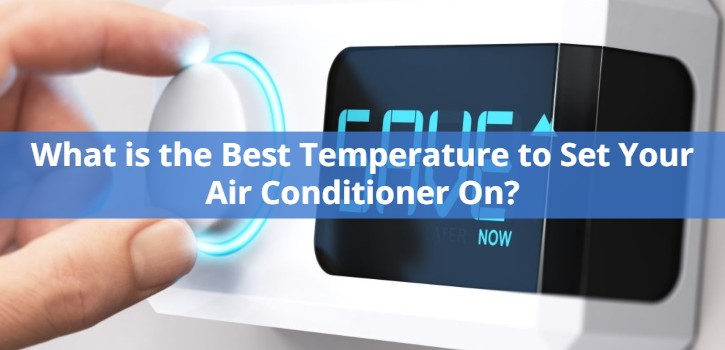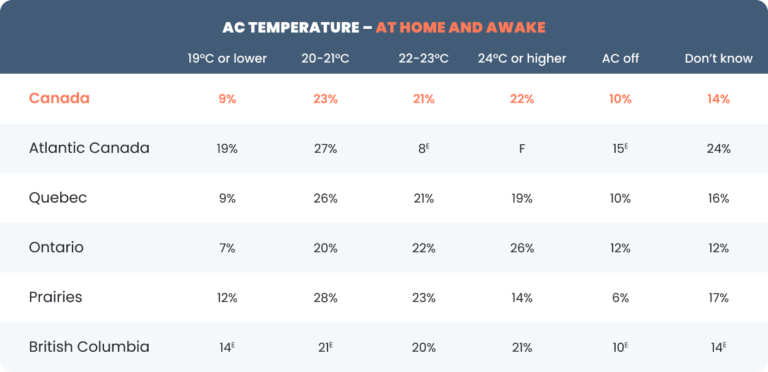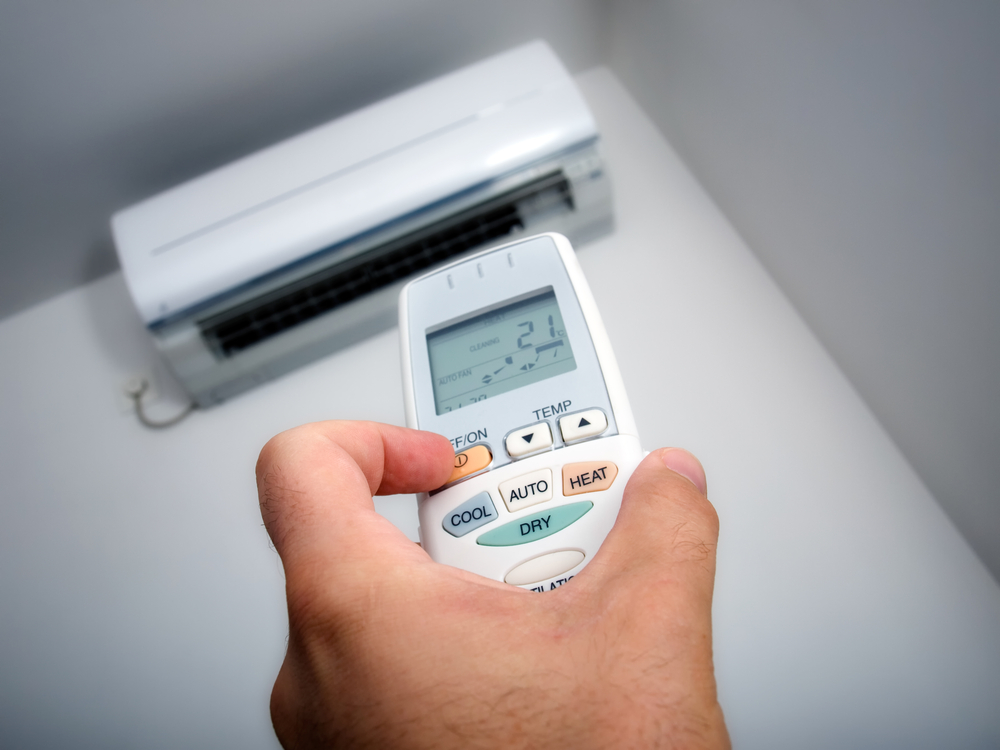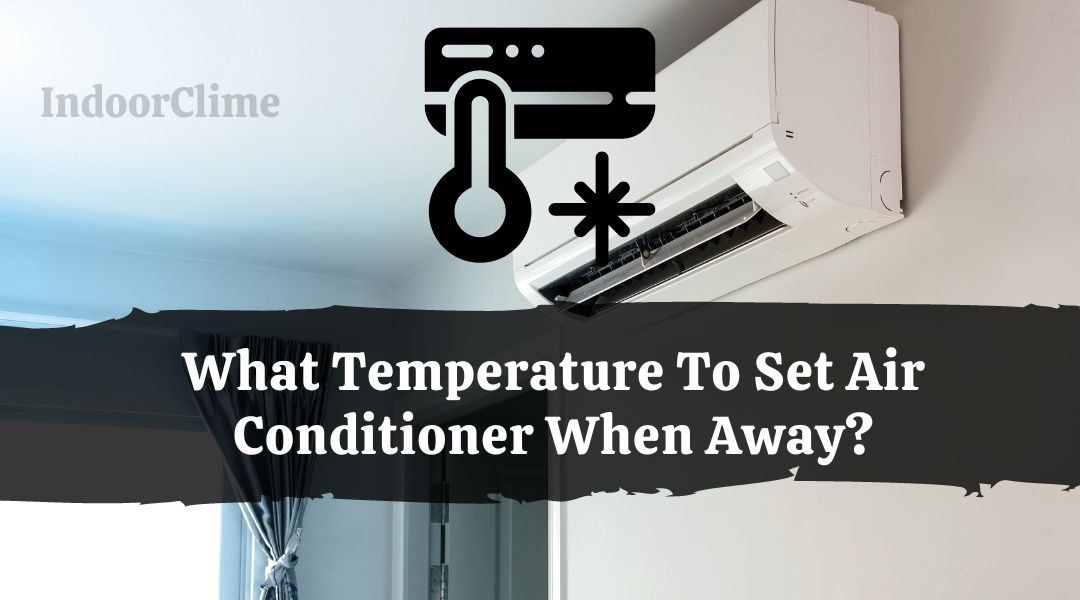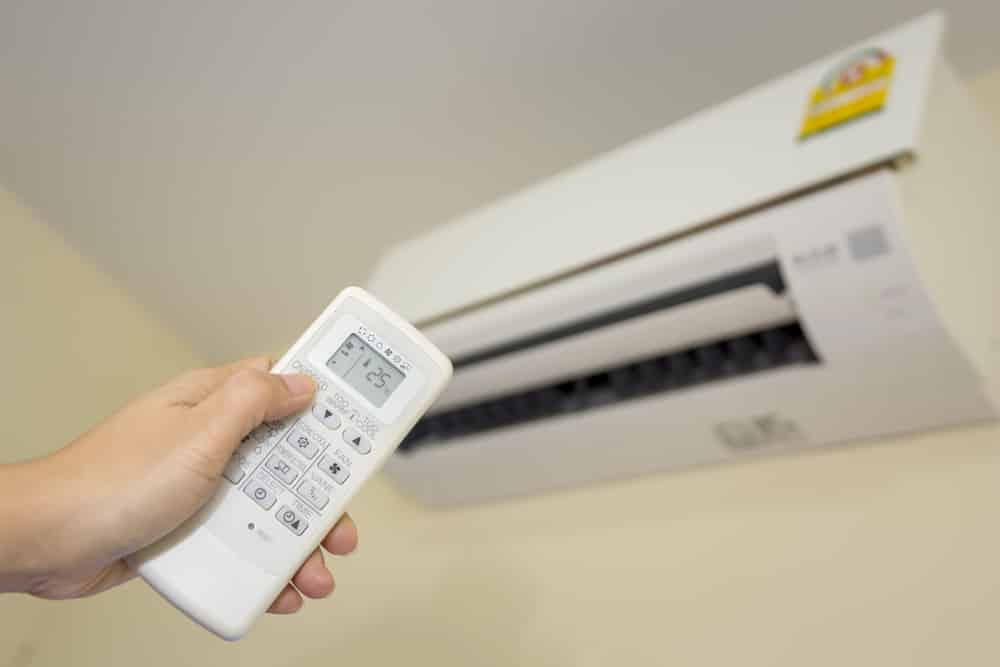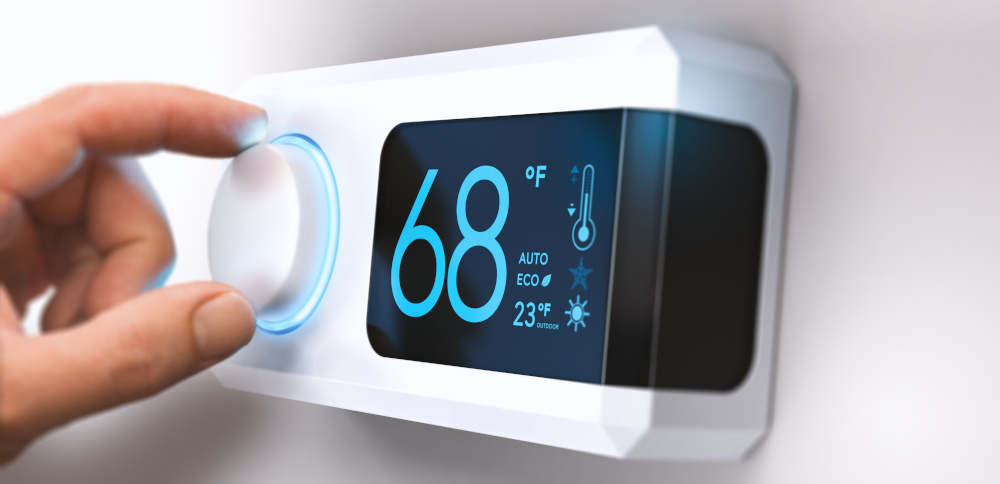Best Temperature To Keep Air Conditioner

Finding the perfect temperature setting for your air conditioner involves balancing comfort, energy efficiency, and cost. While personal preferences vary, understanding the principles behind optimal cooling can save you money and extend the life of your HVAC system. This guide explores the factors influencing the best temperature for your AC, along with practical tips and considerations for homeowners, real estate investors, and contractors.
Understanding Energy Efficiency and Temperature Settings
The lower you set your thermostat, the more energy your air conditioner consumes. Aiming for a reasonable indoor temperature can significantly reduce your energy bills without sacrificing comfort.
The Recommended Temperature: 78°F (26°C)
According to the U.S. Department of Energy, 78°F (26°C) is the recommended thermostat setting for when you're home and need cooling. This temperature offers a good balance between comfort and energy savings. While it might seem warm to some, adjusting your clothing and using fans can make it feel more comfortable.
Adjusting When You're Away
When you're away from home, raising the thermostat can lead to substantial energy savings. The Department of Energy suggests setting your thermostat to 85°F (29°C) when you’re out. Smart thermostats can automate these adjustments based on your schedule.
Nighttime Temperature Settings
Many people prefer a cooler bedroom temperature for better sleep. Consider setting your thermostat to 72-75°F (22-24°C) at night. Using programmable thermostats can help manage this automatically.
Factors Influencing Your Ideal Temperature
Several factors can influence your perception of comfort and the optimal AC temperature.
Climate and Location
Individuals residing in hot, humid climates might naturally prefer lower AC settings compared to those in milder regions. The building's insulation and construction also play a crucial role in maintaining a consistent indoor temperature.
Insulation Quality
Proper insulation in walls, ceilings, and windows significantly reduces heat gain, allowing your AC to operate more efficiently. Poor insulation means your AC has to work harder to maintain the desired temperature.
Airflow and Ventilation
Ensure that vents are not blocked by furniture or curtains to allow for proper airflow throughout the house. Using ceiling fans can also improve air circulation and make a higher thermostat setting feel more comfortable.
Personal Preferences
Ultimately, comfort is subjective. Some people naturally prefer cooler temperatures, while others are comfortable at warmer settings. Experiment to find the temperature that works best for you and your family while keeping energy efficiency in mind.
Air Conditioner Efficiency Ratings: SEER, AFUE, and HSPF
When selecting a new air conditioning system, understanding efficiency ratings is crucial. The most important ratings are SEER, AFUE and HSPF.
SEER (Seasonal Energy Efficiency Ratio)
SEER measures the cooling efficiency of an air conditioner. The higher the SEER rating, the more efficient the unit. Modern AC units typically have SEER ratings ranging from 13 to 28. The minimum SEER rating currently mandated in the United States is 14 or 15, depending on the region. Investing in a high-SEER unit can lead to significant long-term energy savings. For example, upgrading from a 10 SEER unit to a 16 SEER unit can reduce cooling costs by 37%.
AFUE (Annual Fuel Utilization Efficiency)
AFUE applies to furnaces and measures heating efficiency. It indicates the percentage of fuel converted into usable heat. A higher AFUE rating means less fuel is wasted, resulting in lower heating bills. Modern furnaces can have AFUE ratings as high as 98%.
HSPF (Heating Seasonal Performance Factor)
HSPF is used to measure the heating efficiency of heat pumps. It represents the ratio of heating output over the heating season to electricity used. A higher HSPF rating indicates greater heating efficiency. Current heat pumps typically have HSPF ratings ranging from 8 to 13.
Popular HVAC Brands and Models
Several reputable HVAC brands offer a range of efficient and reliable air conditioning systems. Here are a few popular brands and models:
Carrier
Carrier is a well-known brand with a long history in the HVAC industry. Their Infinity series offers high-SEER air conditioners with advanced features like variable-speed compressors and smart controls. Models like the Carrier Infinity 26 offer SEER ratings up to 24.
Trane
Trane is another leading HVAC manufacturer known for its durable and efficient products. Trane's XV20i TruComfort Variable Speed AC offers SEER ratings up to 20. The brand is also know for its robust warranties.
Lennox
Lennox offers a range of high-efficiency air conditioners, including models with SEER ratings up to 28. Their Dave Lennox Signature Collection XC25 is one of the most efficient AC units on the market.
Goodman
Goodman is often considered a budget-friendly brand offering a balance of performance and affordability. While not as high-end as Carrier or Trane, Goodman air conditioners still provide good energy efficiency and reliability. Look for models with a SEER rating of 16 or higher.
Tips for Maximizing Energy Efficiency
In addition to setting your thermostat to an optimal temperature, consider these tips to maximize energy efficiency and reduce your cooling costs:
Regular Maintenance
Schedule regular maintenance for your air conditioner to ensure it's running efficiently. This includes cleaning or replacing air filters, inspecting coils, and checking refrigerant levels. Regular maintenance can prevent costly repairs and extend the life of your system.
Seal Air Leaks
Seal any air leaks around windows, doors, and other openings to prevent conditioned air from escaping. Use caulk and weather stripping to seal gaps and cracks. This can significantly reduce your cooling load and improve energy efficiency.
Use Fans
Ceiling fans and portable fans can help circulate air and make a higher thermostat setting feel more comfortable. Fans consume very little energy compared to air conditioners, so they can be a cost-effective way to stay cool.
Close Curtains and Blinds
During the hottest part of the day, close curtains and blinds to block sunlight and reduce heat gain. This can help keep your home cooler and reduce the load on your air conditioner.
Consider a Smart Thermostat
Smart thermostats offer advanced features like programmable schedules, remote control, and energy usage tracking. They can automatically adjust the temperature based on your schedule and preferences, helping you save energy without sacrificing comfort.
Understanding Warranties and Maintenance Needs
When investing in a new HVAC system, understanding the warranty and maintenance requirements is crucial.
Warranty Coverage
HVAC manufacturers typically offer warranties on their products, covering parts and labor for a certain period. The length and scope of the warranty can vary depending on the brand and model. Be sure to read the warranty terms carefully to understand what is covered and what is not.
Maintenance Agreements
Consider purchasing a maintenance agreement with your HVAC contractor. These agreements typically include regular maintenance visits to inspect and service your system. A maintenance agreement can help keep your system running efficiently and prevent costly repairs.
Pricing Considerations
The cost of a new air conditioning system can vary widely depending on the brand, model, SEER rating, and installation requirements.
Factors Affecting Cost
Several factors can affect the cost of a new AC system, including the size of your home, the complexity of the installation, and the type of unit you choose. High-SEER units typically cost more upfront but offer significant long-term energy savings.
Installation Costs
Installation costs can vary depending on the complexity of the job and the local labor rates. Be sure to get quotes from multiple contractors to compare pricing and services.
Long-Term Savings
While a higher-efficiency AC unit may have a higher upfront cost, it can save you money in the long run through reduced energy bills. Consider the long-term savings when making your decision.
Conclusion
Finding the best temperature for your air conditioner involves balancing comfort, energy efficiency, and cost. While 78°F (26°C) is a good starting point, consider your personal preferences, climate, and home's insulation. Investing in a high-efficiency AC unit and following energy-saving tips can help you stay comfortable while reducing your energy bills. Remember to prioritize regular maintenance and understand the warranty coverage for your system to ensure long-term performance and reliability. By making informed decisions and considering all the relevant factors, you can create a comfortable and energy-efficient home environment.


